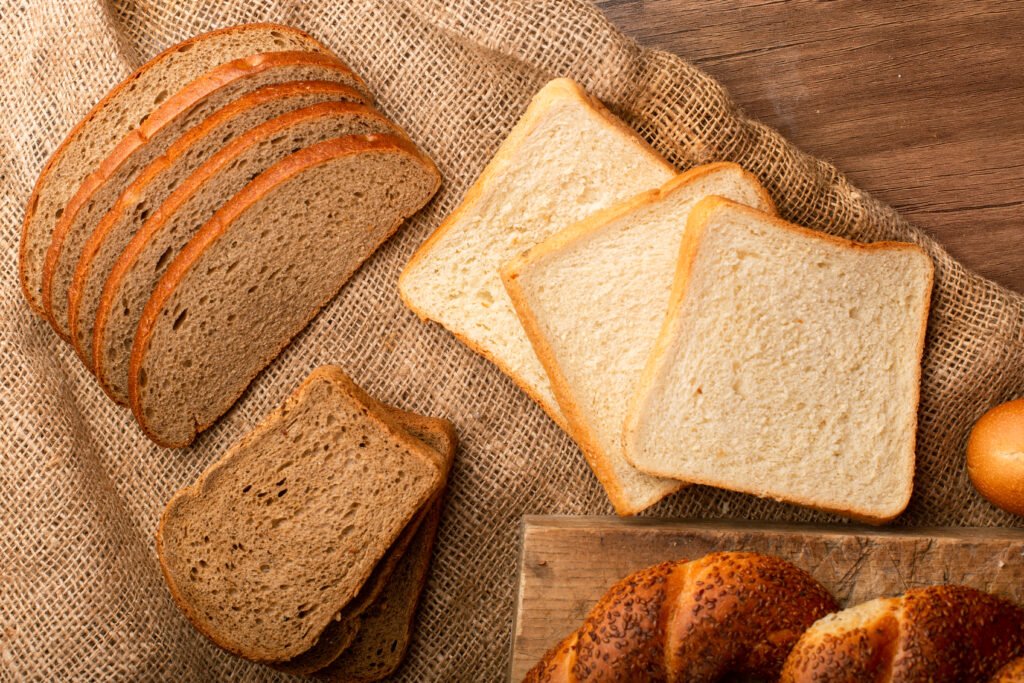In a bid to revolutionize the health benefits of Britain’s beloved white bread, a team of scientists is undertaking a groundbreaking project. Their mission? To develop a new breed of white bread that rivals the nutritional prowess of wholemeal while retaining the familiar taste and texture cherished by consumers.
Government Backing:
This ambitious endeavor has garnered financial support from the government, underscoring its significance in enhancing the nutritional profile of the nation’s food.
Innovative Ingredients:
The scientists are exploring a myriad of ingredients to infuse into the traditional white bread mix. Among these are peas, beans, and various cereals, along with the reintroduction of bran and wheat germ, typically stripped away during the refinement of white flour.
Methodical Research:
Led by Dr. Catherine Howarth of Aberystwyth University, the research team is meticulously analyzing the chemical composition of white flour. Their goal is to enhance its nutritional content to match that of wholemeal bread, without compromising on the palatability of the end product.

Recipe Development:
Once the scientific groundwork is laid, Chris Hollister from Shipton Mill will take the reins in translating these findings into tangible bread recipes. The aim is to produce loaves that closely resemble traditional white bread, yet boast enhanced nutritional benefits.
Anticipated Impact:
The team envisions their innovation making its debut in supermarkets within the next two years. Their approach, which involves carefully balancing the addition of less strongly flavored bran and nutritious grains, holds promise for success.
Health Advocacy:
Dr. Amanda Lloyd emphasizes the potential of incorporating natural ingredients to further elevate the health quotient of sliced white bread, underscoring the broader implications for public well-being.
Expert Perspectives:
Professor Tim Lang lauds the research as a pivotal step toward promoting healthier dietary habits and reducing the prevalence of chronic diseases associated with poor nutrition.

Contemporary Consumption Patterns:
Despite widespread awareness of the benefits of whole grains, many adults still fall short of recommended intake levels, highlighting the persistent challenge of fostering healthier eating habits.
Historical Context of white bread:
The historical shift in perceptions surrounding bread—from a symbol of affluence to an emblem of nutritional value—reflects evolving societal attitudes towards food and health.
Market Dynamics:
The enduring popularity of white bread, driven by its affordability and entrenched consumer preferences, underscores the need for innovative approaches to improve its nutritional profile without compromising on taste.